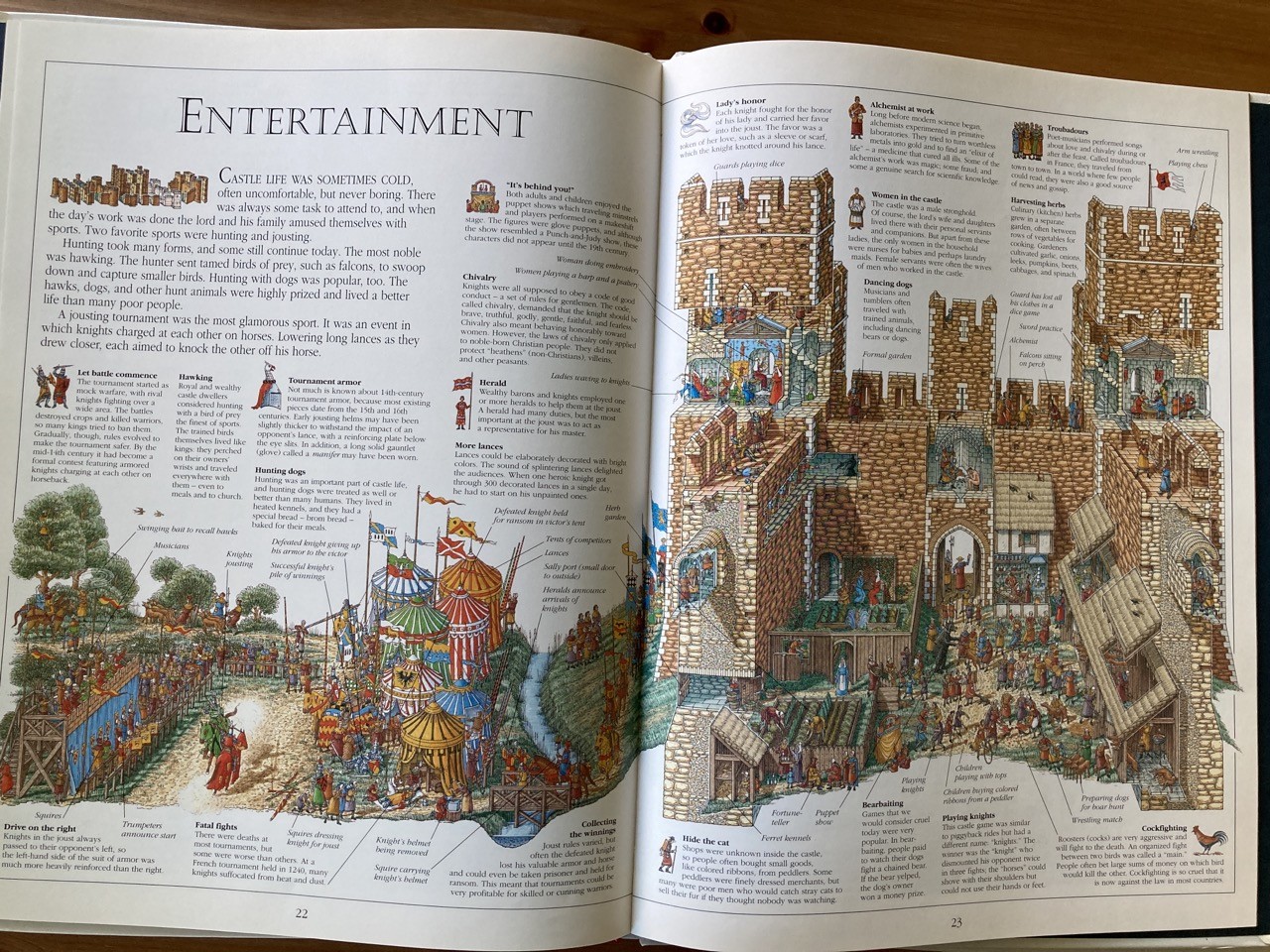vga256
indigenous canadian, recovering academic → game dev & interactive media artist with a penchant for dial-up modems, the 4o3 bbs scene, 1-bit art, trackers/mods, classic macs, and 80s and 90s gaming. curator of internet, canadian & gaming obscura.
game development: tomodashi studio
https://tomodashi.com
current major project: tomo, a decentralized discussion group network that’s better than reddit https://tomo.city
🇨🇦
#nobot #nobots #noindex
(profile pic: a 1988 red fox 6¢ canada stamp)
- 28 Posts
- 38 Comments
 1·8 days ago
1·8 days ago@[email protected] agreed - the soundtrack even got a remaster a few years ago
https://dreamweb-remastered.bandcamp.com/album/dreamweb-the-soundtrack-remastered-side-a
 1·9 days ago
1·9 days agoDreamweb is full of these ten second bespoke animations that breathe so much life into the world.
#dosgaming #adventuregames #retrogaming
 1·23 days ago
1·23 days ago@[email protected] interesting. its late appearance is probably why i missed it - by 95 i was on the internet instead of BBSing (where I found most of my shareware)
 1·23 days ago
1·23 days ago@[email protected] i’m fascinated that i somehow missed an Apogee shareware game over all the years. surprisingly beautiful and bizarre. thank you!
 2·23 days ago
2·23 days ago@[email protected] it is indeed. not very many high-res dithered 16-colour games out there.
 1·29 days ago
1·29 days ago@[email protected] very much Abrash-level depth
 1·29 days ago
1·29 days ago@[email protected] 😆 it really does look like a 3rd party published 3e book
 1·1 month ago
1·1 month ago@[email protected] 😆 that’s the one i was most excited about too. i’ve had a GH FFIX for ages that i’ve been dying to replace
 2·1 month ago
2·1 month ago@[email protected] no idea what kinds of games you like to play. FF7 was my first.
@[email protected] interesting! yes, this would be at the new building they built in the 90s
herb and the heart breakers
edit: how did i know
HOW did i know
“Herbert Schildt is an American computing author, programmer and musician… He was also a founding member of the progressive rock band Starcastle.”

 1·1 month ago
1·1 month agotwo weeks ago i posed what i thought would be a rather straightforward historical research question, which went unanswered. i wondered: what did the people of the middle ages (peasants, villagers, blacksmiths, monks, abbots, knights, etc) think of technological change in their time? was it seen as a boon for replacing manual labour? a threat to everyday craftspeople and craftsmanship? a new evil at odds with moral duty to god?
just cobbling together a reading list to begin answering the question was itself a week’s worth of work. finally, today i began finding direct answers to the question in Frances and Joseph Gies’ “Cathedral, Forge and Waterwheel: Technology and Invention in the Middle Ages.”
while everyday people like serfs and peasants beliefs are not covered due to a lack of historical records, its early chapters provide some insight from the medieval monastic orders. the answer? the various churches were openly ambivalent, but *not* openly opposed to technological change and invention.
Why did the churches not openly embrace technologies?
… for many years monastic orders like the Benedictines and Cistercians saw manual labour as critical for self-sufficiency and spiritual development. When technologies that allowed for reduced manual labour became available, monastic orders began questioning their potential value in relation to their relation to God.
Why did monastic theologians not openly reject technologies that would relieve them of physical burdens?
… because most of these orders retained an old Greek suspicion and distaste for what Aristotle called “banaustic arts” (or utilitarian arts like crafting and manual labour. These were seen as important for living, but a distraction from intellectual life. Technology’s promise was that it could relieve a monk from the banaustic realities of carpentry and millwork and stonemasonry, and let them practice prayer and writing and intellectual pursuits without time/energy-consuming distractions.
A picture of the middle ages is beginning to emerge that is not unlike our own in modernity: technology was seen in relation to its potential for reducing labour. what is different between then and now is that a person’s relationship with God was at stake in the middle ages. few today believe that manual labour “keeps us honest”.
in other words: technology in the middle ages was understood as both spiritual and instrumental

 1·2 months ago
1·2 months ago@[email protected] i fear that most of the civilized world has forgotten too. i found them dirt cheap at thrift shops. i doubt they’re still in print, but thankfully they are dirt cheap from used book sellers

 1·2 months ago
1·2 months agohow could i forget these two absolutely hilarious and informative illustrated texts on medieval and 18th century life.
i’ve had them sitting on the shelves for years, and realized they make a compelling visual reference
#bookstodon #illustration #books



 1·2 months ago
1·2 months agoadding two incredible finds to this medieval technology reading/research bibliography: Cathedral, Forge and Waterwheel by Frances and Joseph Gies. The bookseller immediately recognized it and exclaimed “I appreciate a writer with the common touch!”
The second book - Tavistock Abbey: A Study in the Social and Economic History of Devon by HPR Finberg was an accidental find. While it does not speak to technological change in the late middle ages, it speaks to the social and cultural life of an abbey and its surrounding village.
#books #bookstodon

@[email protected] it’s freaky finding sealed games that are 30 years old